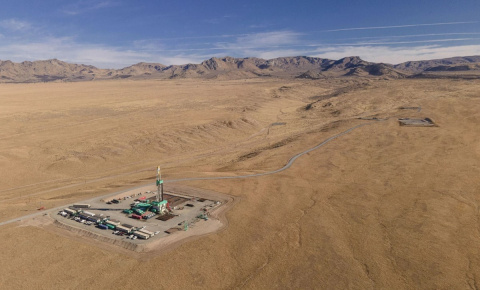
EERE invests in research, development, and technology-validation to help modernize the American energy system and position the United States to lead the world in the technical fields that will soon dominate the global energy market.
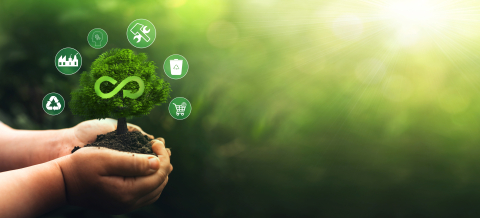
Draft framework identifies opportunities and challenges to use circularity to improve industry efficiency, secure supply chains, benefit communities, and create jobs.
Valley Children’s Healthcare breaking ground on a DOE funded renewable energy microgrid expected to provide 80% of the energy demand for current hospital services.
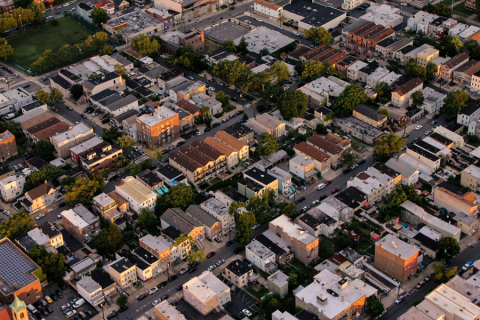
DOE announced 25 projects across 17 states to research and develop high-impact building technologies and practices aimed at reducing peak demand on the electric grid, enhancing resilience, and lowering energy costs.
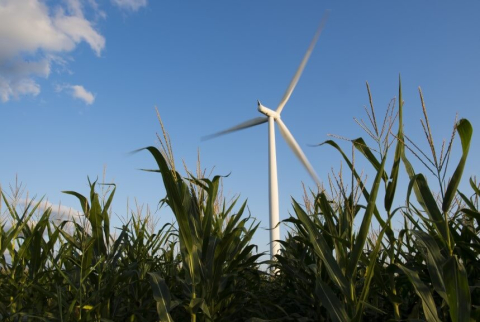
Learn how wind energy can provide health and environmental benefits that outweigh its costs.
DOE recognized Better Climate Challenge and Better Plants Challenge partner General Motors for its achievements and leadership in decarbonization, energy efficiency, and waste reduction.
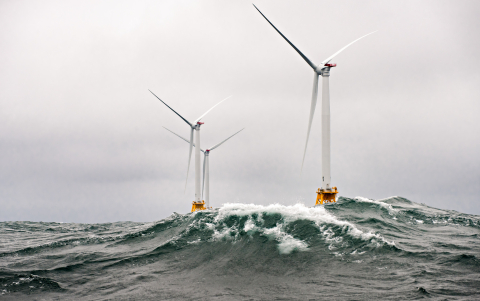
Wind turbines need to protect themselves just as communities do during severe weather events and storms. Find out how wind turbines survive severe storms, like hurricanes and tornadoes, and how you can stay safe.
The Wind Energy Technologies Office (WETO) has funded the blade and drivetrain testing facilities since the 1990s, providing crucial knowledge and expertise to the ongoing expansion of commercial wind power—both domestically and globally.
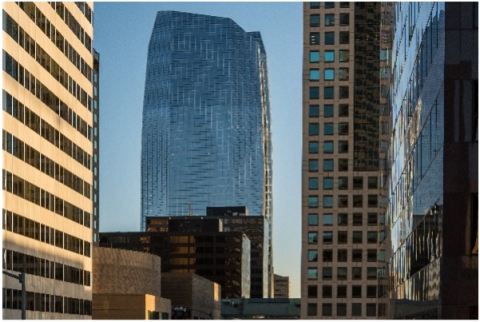
Americans average about 90% of their time indoors, whether in homes, workplaces, schools, restaurants, gyms, places of worship, or elsewhere. With all that time indoors, it’s vital that the air in those buildings is safe to breathe.
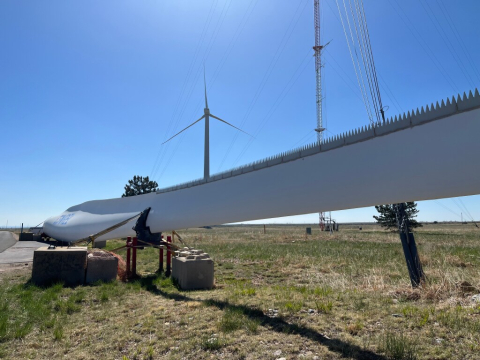
A new Berkley Lab analysis finds that despite an expected future reduction in the number of turbines per power plant, the total estimated annual energy output of wind plants will increase due to larger, more powerful wind turbines.

